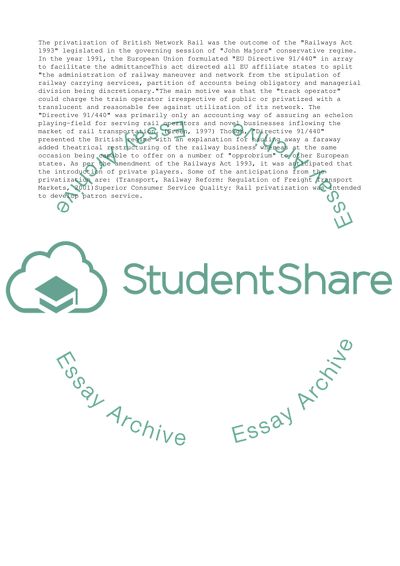Cite this document
(“Network Rail a not for profit company Essay Example | Topics and Well Written Essays - 2000 words”, n.d.)
Network Rail a not for profit company Essay Example | Topics and Well Written Essays - 2000 words. Retrieved from https://studentshare.org/business/1551372-network-rail-a-not-for-profit-company
Network Rail a not for profit company Essay Example | Topics and Well Written Essays - 2000 words. Retrieved from https://studentshare.org/business/1551372-network-rail-a-not-for-profit-company
(Network Rail a Not for Profit Company Essay Example | Topics and Well Written Essays - 2000 Words)
Network Rail a Not for Profit Company Essay Example | Topics and Well Written Essays - 2000 Words. https://studentshare.org/business/1551372-network-rail-a-not-for-profit-company.
Network Rail a Not for Profit Company Essay Example | Topics and Well Written Essays - 2000 Words. https://studentshare.org/business/1551372-network-rail-a-not-for-profit-company.
“Network Rail a Not for Profit Company Essay Example | Topics and Well Written Essays - 2000 Words”, n.d. https://studentshare.org/business/1551372-network-rail-a-not-for-profit-company.


